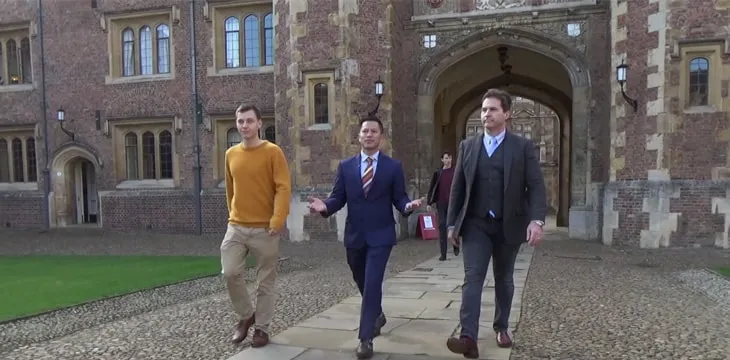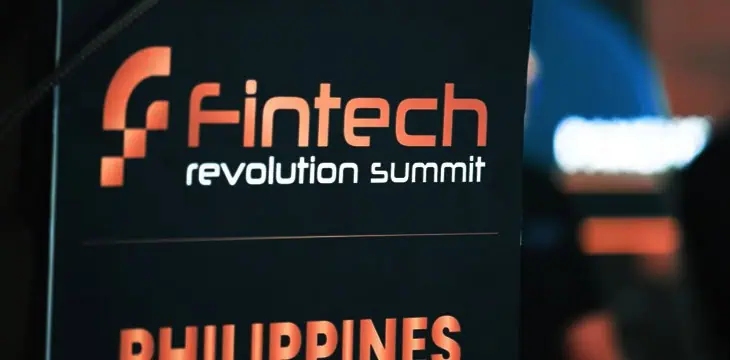|
Getting your Trinity Audio player ready...
|
It’s not often that an audience with no knowledge of – or even necessarily, interest in – Bitcoin gets a personal presentation by Bitcoin inventor Dr. Craig Wright and the Founding President of Bitcoin Association, Jimmy Nguyen.
But that’s what students at the first meeting of the Cambridge Metanet Society were offered, in the university’s Gonville and Caius College.
OK, a few of them had been more attracted by the promise of free pizza than by their intellectual appetite for new ideas. But the general feeling afterwards was that it had been a great evening.
As one student put it “it’s not every day that you get to be in an intimate setting with thought leaders in their field, and have them explain to you in pretty concise terms how they’re going to change the world”.
The evening started with an introduction by Robin Kohze, a doctoral student in human genetics who is President of the Cambridge Metanet Society. Robin opened with an Alice-in-Wonderland style question, to dislodge any uncreative preconceptions the audience might have brought with them: “what is the colour of money and what happens if we change it?”
Nobody quite got to grips with that. But Robin went on to demonstrate his commitment to radical ambitions for Bitcoin by subtly criticising new apps that offer BSV versions of existing Internet services. Blockchain unicorns, he warned, “don’t reinvent old applications. They create something new.”
Then it was Jimmy Nguyen’s turn to wow the pizza-hungry crowd. Jimmy talked about his own history: how he had graduated from law school in the late 1990s at the height of the Internet boom. It was a time of great entrepreneurial and technological excitement. And he promised the students that again today, “there is an opportunity to work in a field where you can change the world.”
The BSV blockchain will act as “a universal server” – hosting data, websites and content. The idea of the Metanet is bigger even than the idea of Bitcoin, as it will unite payments and data. That will allow the creation of “a new, more commercial Internet for you, the users – so that your data has more value, that you can control.”
Jimmy talked about sidestepping the clumsy process of trying to buy BSV with fiat by encouraging “the earn and use economy”. He revealed proudly that his 20 Twetches (using the BSV social network that charges for and rewards contributions) have earned him the equivalent of $20.21 – no fiat conversion required, just money into his account.
Finally, Craig Wright told the students that for all its success with ads, Google would be forty times more profitable if it charged its users one cent per day in place of its ad income – which suggests that business models that plan to combine huge user numbers with micropayments really can add up to big profits.
Craig said he’d like to see transactions that cost less than a thousandth of a cent. The vision, by replacing ads, is that the Metanet would be “an Internet that’s not selling your life”.
The pizzas arrived, and were as popular as expected. Unfortunately, word spread fast and a few interlopers slunk off with pizzas without having heard Robin, Jimmy and Craig.
Never mind. Their audience was impressed with what they’d heard. As one student put it: “you don’t have to believe any more: it’s something that’s happening.”

 06-30-2025
06-30-2025 





